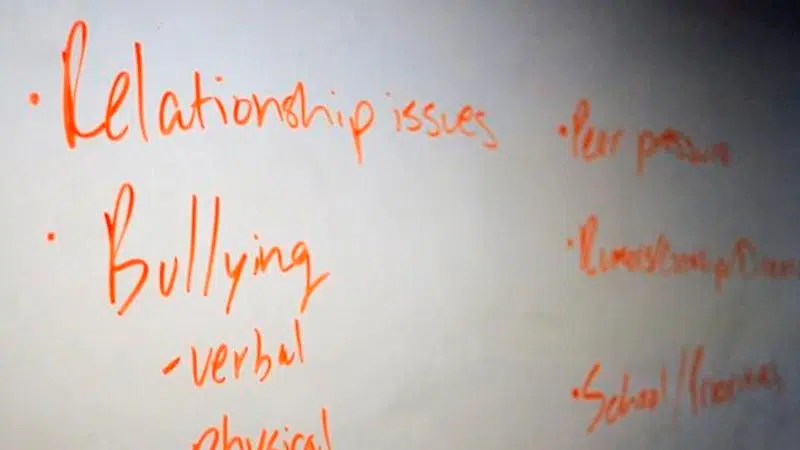
‘Time to take action:’ Children advocates call for national youth suicide strategy
WINNIPEG — Children’s advocates from across the country are urging the federal government to create a national strategy to deal with what they are calling a youth suicide crisis.
“I’ve sat with parents and family members overwhelmed with the grief of losing their child to suicide. And I keep thinking it doesn’t have to be this way,” said Del Graff, president of the Canadian Council of Child and Youth Advocates.
“We have to find ways to stop this and it’s time to take action.”
The council, which includes members from nearly every province and territory, released a research paper on youth suicide during a national meeting in Winnipeg on Tuesday.


